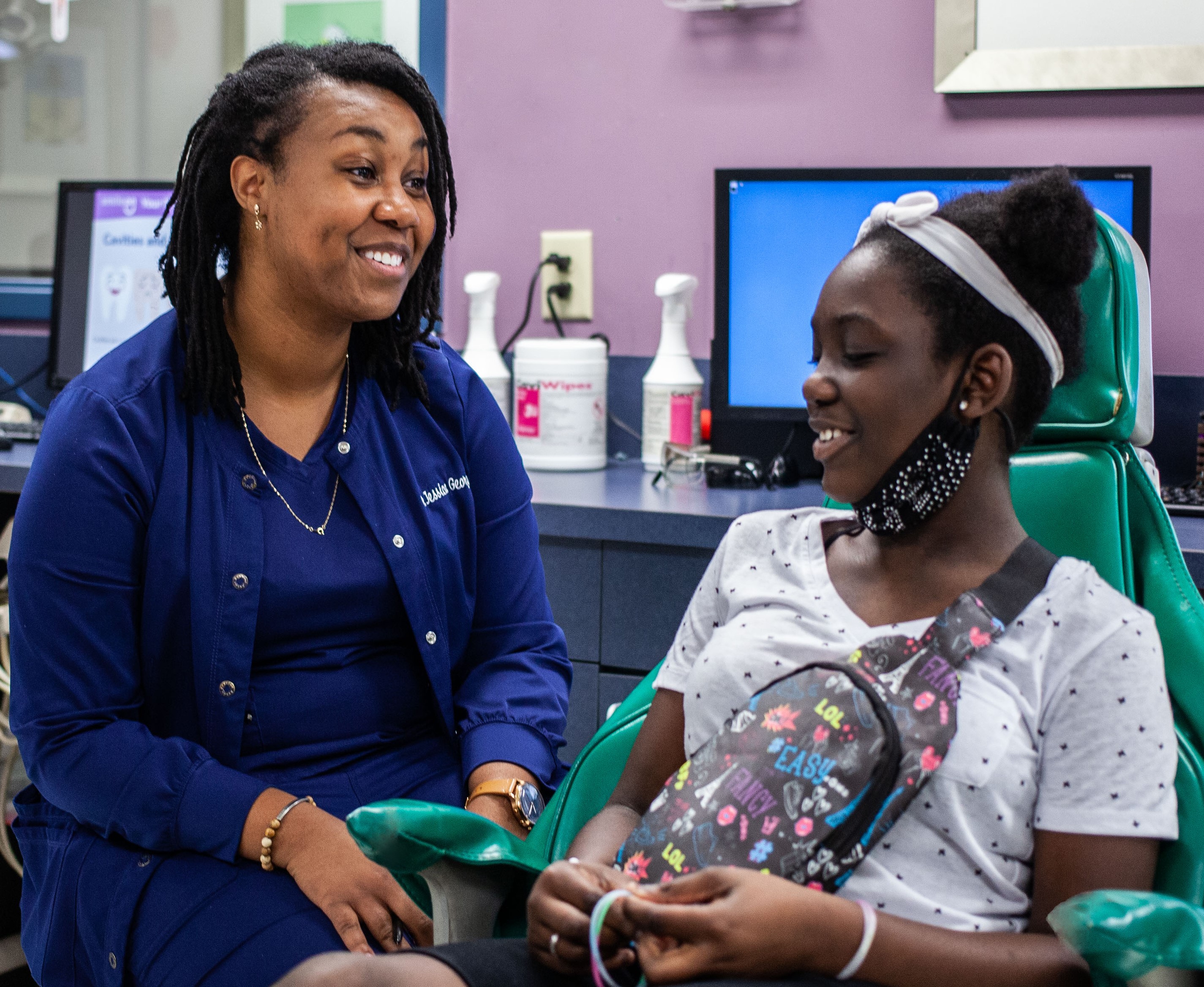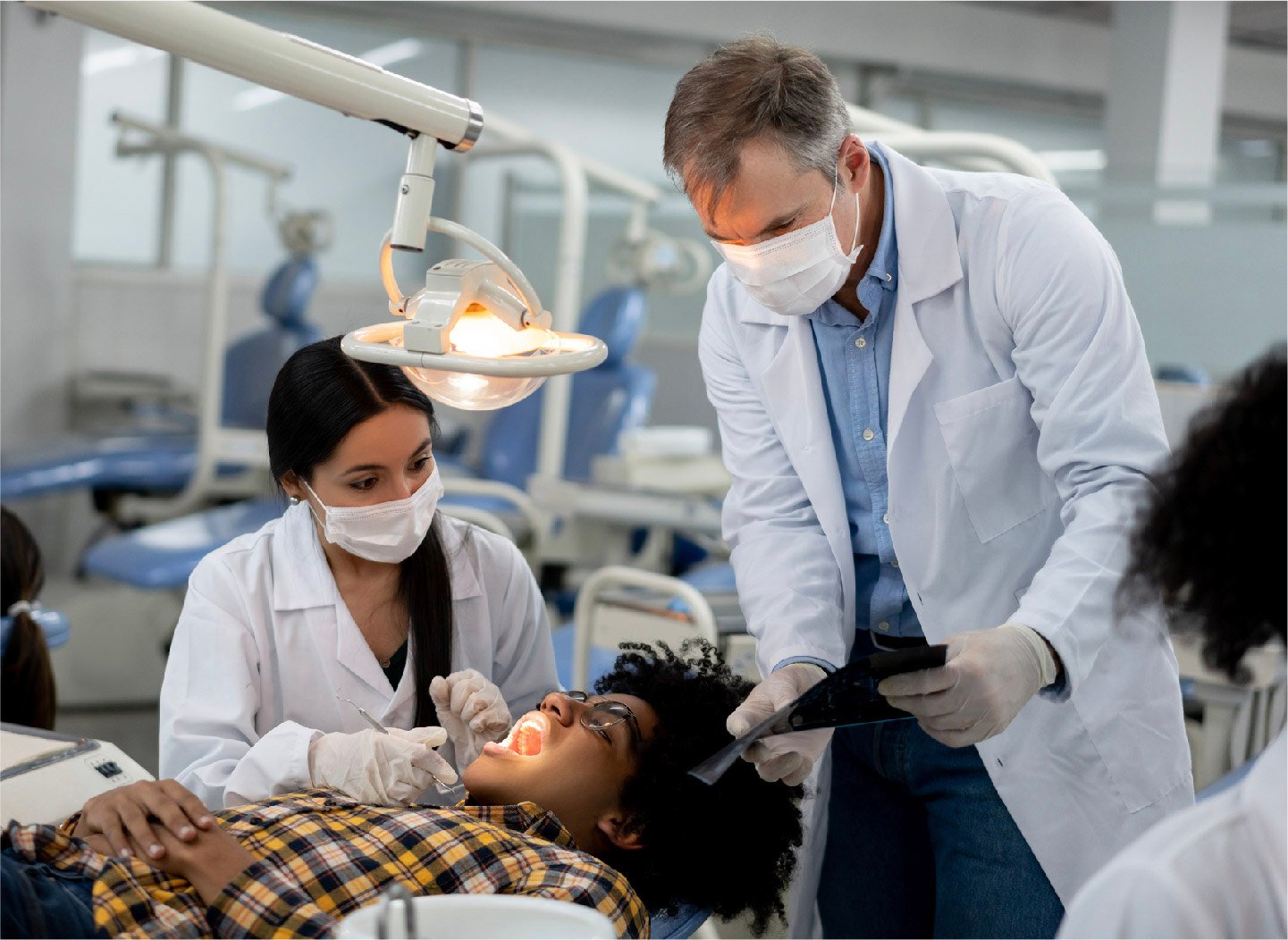How Five Black Dentists Influenced the Future of Dentistry
The nation has officially celebrated Black History Month for 47 years, but its origins date back nearly 100 years to the early days of the Association for the Study of African American Life and History (ASALH). Founded by historian and author Carter G. Woodson, the ASALH’s mission is “to promote, research, preserve, interpret, and disseminate information about Black life, history, and culture.”
Numerous Black Americans have made vital contributions in dentistry, including opening doors for other minorities to enter the profession and advancing oral healthcare in underserved communities.
This is the second of three blogs in honor of Black History Month, and it will focus on the historical contributions of five Black dentists.
Robert Tanner Freeman, DMD (1846-1873)
Dr. Robert Tanner Freeman was born in Washington, D.C., the son of former slaves. As a teenager, he worked as a dental assistant for a local dentist who became his mentor and encouraged him to apply for dental school, but opportunities for Black Americans to pursue a dental degree were scarce at the time.
Dr. Freeman initially was accepted to two dental schools, but both schools promptly rescinded their offers because of his race. He then was accepted to the newly formed Harvard School of Dental Medicine, as one of the school’s first six students ever. He completed the program in 1869, becoming the country’s first Black American to receive a dental degree.
After graduation, Dr. Freeman returned to Washington, D.C. where he dedicated his practice to treating minorities and mentoring young Black Americans interested in the medical profession. Tragically, he died after contracting a water-borne disease just four years later, but his legacy lives on.
The Robert T. Freeman Dental Society was founded in 1907. It was a predecessor to the National Dental Association, which adopted his mission to “promote oral health equity among people of color” and mentor minorities interested in a career in dental medicine.
Charles Edwin Bentley, DDS (1859-1929)
Dr. Charles Edwin Bentley was an Black American dentist and civil rights activist. Born and raised in Cincinnati, Dr. Bentley entered the Chicago College of Dental Surgery in 1887. Shortly after graduation, he founded the Odontographic Society of Chicago, which became the world’s largest local dental society and merged with the Chicago Dental Society.
Referred to in his biography as the “Father of the Oral Hygiene Movement,” Dr. Bentley was a staunch advocate for educating the public on the importance of good oral health. He lectured and wrote extensively on the topic, and proposed offering dental exams to students in public schools and free clinics to provide access to dental care for people in poor and underserved areas.
Due to his persistence, the Illinois State Dental Society agreed in 1906 to launch an investigation into the oral and dental health needs of public school children. Four years later, the society published a pivotal booklet titled “The Care of the Mouth.”
Ida Gray Nelson Rollins, DDS (1867-1953)
Dr. Ida Gray Nelson Rollins was the first Black American woman to earn a dental degree in the U.S. She was born and raised by her single mother in Clarksville, Tenn., but became an orphan as a teenager upon her mother’s death. Dr. Rollins went to live with her aunt, who moved her four children to Cincinnati.
During high school, Dr. Rollins worked as a seamstress and in a dental office to help provide money for the family. One of the dentists she worked for became the first dean of the new dental college at the University of Michigan, and was an advocate for women joining the profession.
In 1890, Dr. Rollins made history when she graduated from the University of Michigan. She then became the first Black American woman to own a dental practice, first in Cincinnati and then in Chicago. Throughout her career, Dr. Rollins was devoted to serving patients of all races. She was president of the Professional Women’s Club of Chicago, and helped pave the way for other Black American female dentists and other professional women in general.
Roscoe F. Lee, DDS (1898-1956)
Dr. Roscoe F. Lee is notable in history as the first Black American to be certified as a diplomate of the American Board of Oral and Maxillofacial Surgery (ABOMS), dentistry’s very first and one of its most prestigious specialty boards.
Born and raised in Washington, D.C., Dr. Lee received his D.D.S. from Howard University College of Dentistry in 1922. He went into private practice after graduation, but decided to join the staff at Freedmen’s Hospital — known today as Howard University Hospital — to pursue a specialty in oral surgery.
Dr. Lee was named Chief of Staff for the hospital’s newly formed Oral Surgery Department, which he led until 1936. He studied under many well-known oral surgeons, and ultimately passed an extensive examination to become an ABOMS diplomate in 1947.
In addition to his impressive career achievements, Dr. Lee was an involved member of the Robert T. Freeman Dental Society and a strong proponent for racial integration in dentistry.
Jeanne C. Sinkford, DDS (1933- )
Dr. Jeanne Craig Sinkford was born in Washington, D.C., and attended Howard University for both her undergraduate and dental degrees. She earned her B.S. in psychology and chemistry, and graduated top of her class with her D.D.S. from Howard University College of Dentistry in 1958. Dr. Sinkford also received M.S. and Ph.D. degrees from Northwestern University.
She taught prosthodontics at Howard’s College of Dentistry, and was named the college’s associate dean in 1967. In 1975, Dr. Sinkford was appointed the college’s dean, making her the first female chair of a U.S. dental school.
She served in that role for 16 years before retiring to become associate executive director of the American Dental Education Association (ADEA). Dr. Sinkford also became a senior scholar-in-residence at the ADEA. In that role, she worked to advance opportunities for minorities and women in dentistry, and established global leadership programming for women’s health and oral health.
The third blog in our series will examine the importance of diversity in stemming oral health disparities nationwide.


